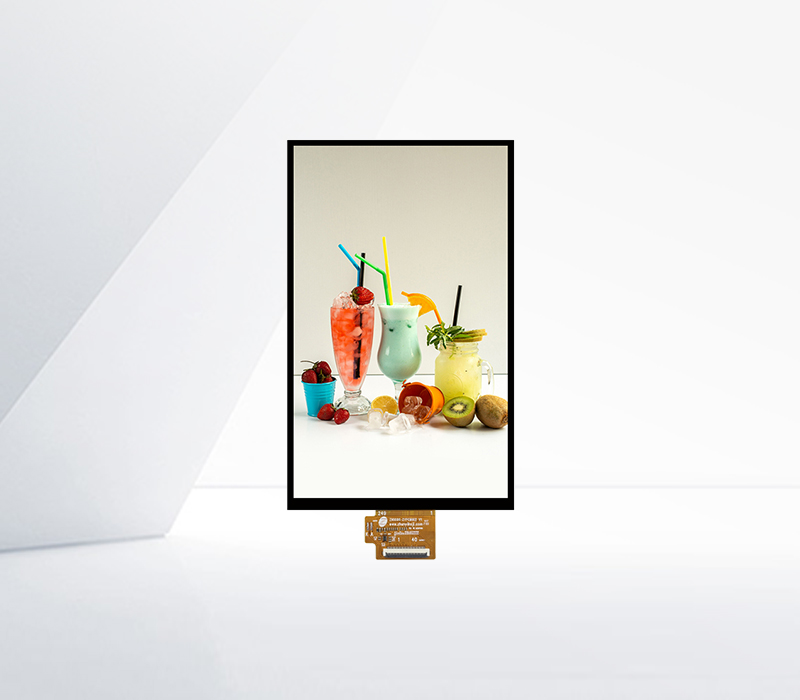




LCD is not strictly a cold light screen.
LCD (Liquid Crystal Display) itself does not emit light and relies on a backlight source to provide light. The traditional LCD backlight source is mainly a cold cathode fluorescent lamp (CCFL), which generates a certain amount of heat during operation. Although cold cathode fluorescent lamps generate less heat compared to traditional light sources such as incandescent lamps, they are not completely devoid of heat production.
With the development of technology, LCD screens now increasingly use LED (Light Emitting Diode) as the backlight source. LED backlight sources have higher energy efficiency and lower heat generation compared to cold cathode fluorescent lamps. However, LED backlight sources still emit heat during operation, especially in high brightness or long-term working conditions.
The true meaning of a cold light screen usually refers to screens that emit light on their own and generate almost no heat, such as OLED (Organic Light Emitting Diode) screens. OLED screens display images through the electroluminescence of organic light-emitting materials, where each pixel can autonomously emit light and generate very little heat during operation.
So, although LCD screens may be referred to as relatively "cold" display technologies in some cases (especially compared to some display technologies that generate more heat), strictly speaking, they are not cold light screens.
